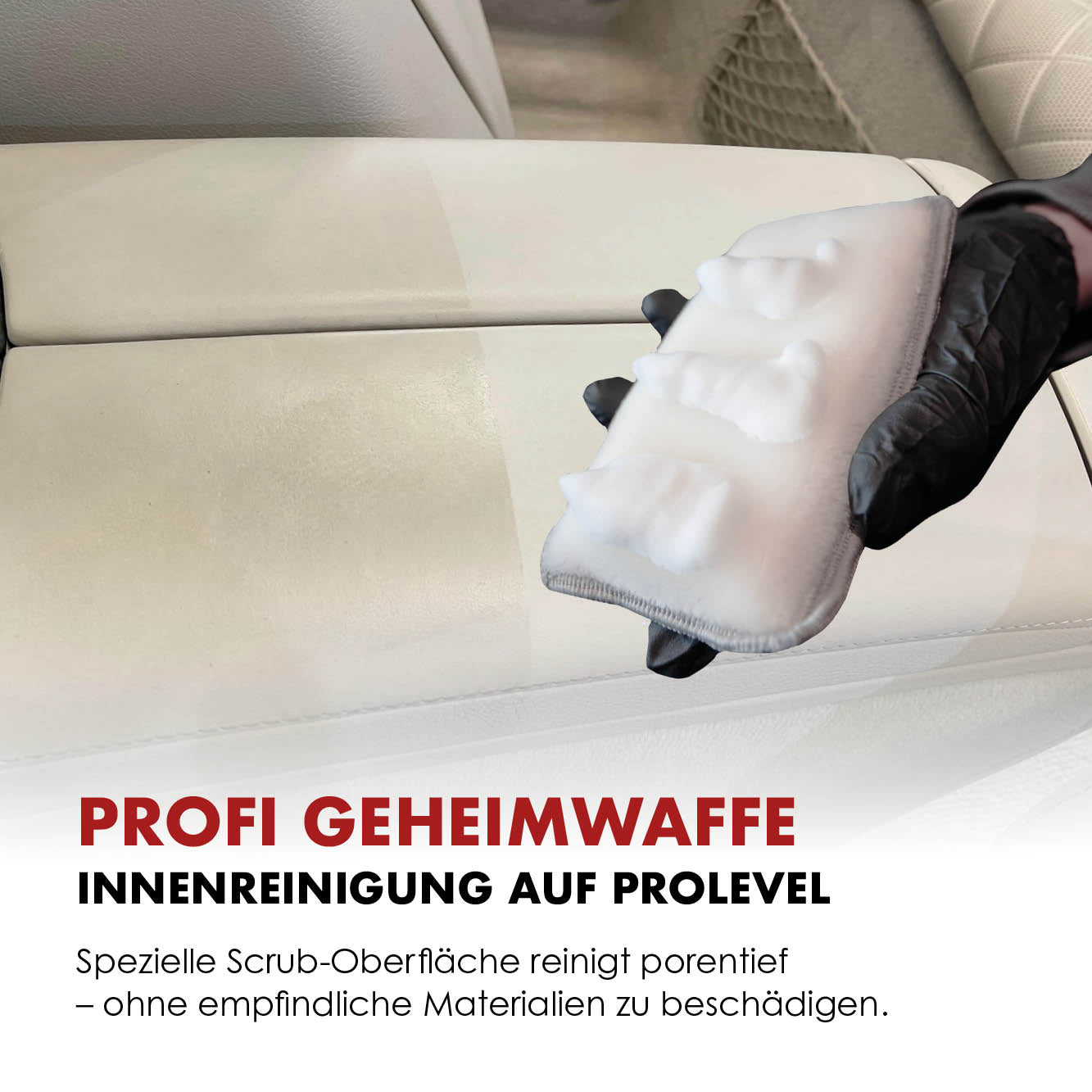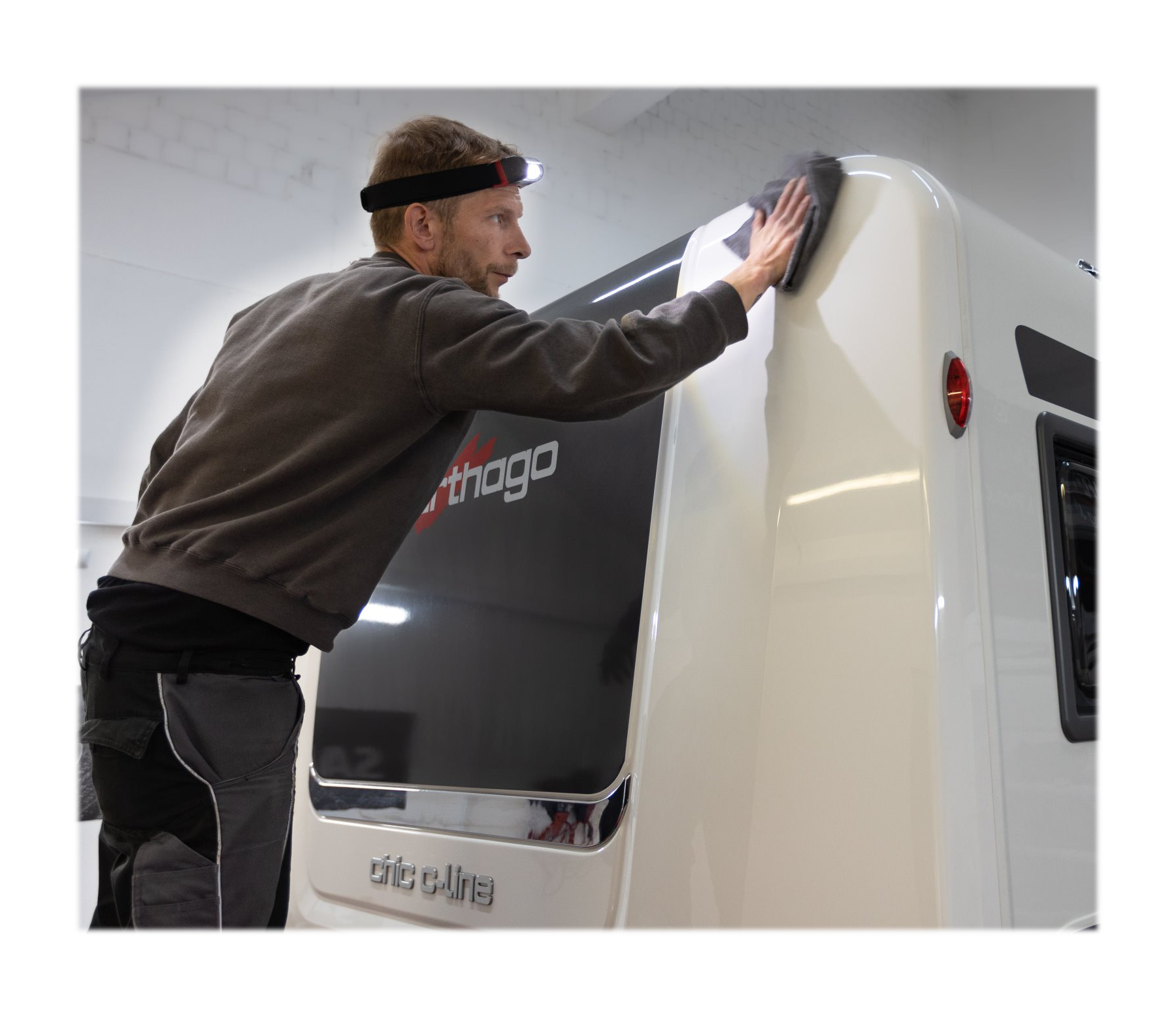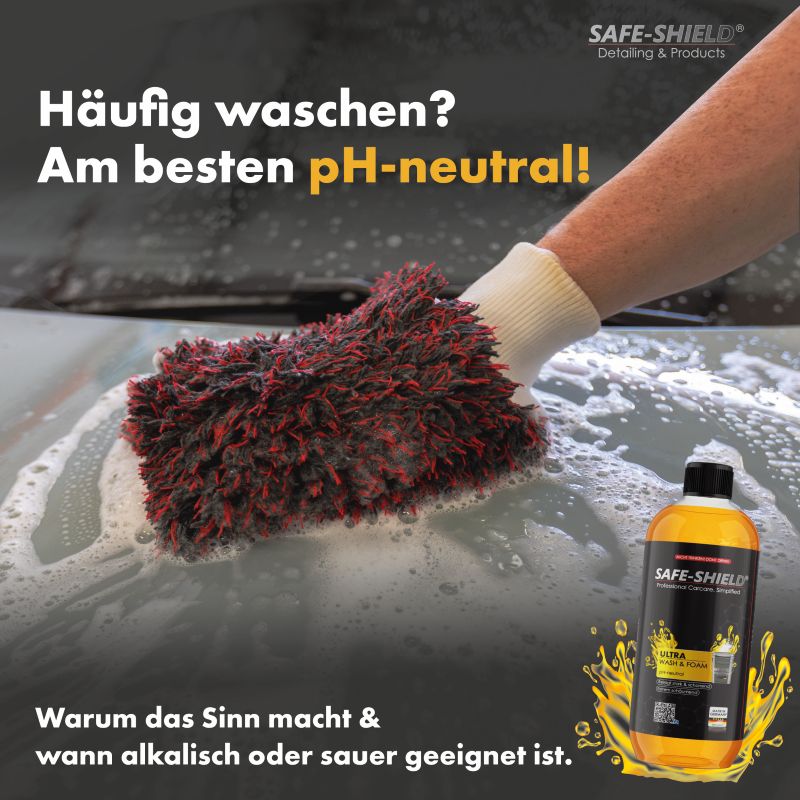Scrub Pad: The underrated tool for perfect interior cleaning
Versatile, effective, gentle on materials – this lets you get the most out of your interior.
Anyone who regularly details and maintains vehicles knows: the difference is in the details. Especially inside, clean plastic surfaces, door panels, or leather make all the difference in overall impression and even longevity. And this is where a tool still unfamiliar to many comes into play: the Scrub Pad.
Find out now why you’ll never want to work without it again, where it outperforms conventional brushes or sponges—and how to combine it optimally with cleaners.
What exactly is a scrub pad?
A scrub pad is a special cleaning pad with a textile, special nylon fiber surface. It fits flat in your hand, is flexible, and comes in fine or medium textures depending on the type. Unlike traditional brushes, it cleans more evenly, smoothly, and with much more control—without risking scratches or other damage to the surface. The fine "mini-nylon brushes" clean deep into the pores without putting too much stress on the surfaces.
The benefits at a glance
- Versatile: Plastic, faux leather, real leather—with the right cleaner, it’s a true all-around tool.
- Gentle on materials: No stiff bristles, no pressure points – ideal for delicate surfaces.
- Time-saving & Control: Covers a larger area than a brush, ideal for tight spaces.
- Washable & durable: Reusable, not a disposable product.
Perfect combinations: How to use the Scrub Pad correctly
For plastics & interior surfaces
Use our Interior Cleaner Ultra at the right dilution and apply it directly to the dampened Scrub Pad. With light pressure, work the dirt out of the surfaces.
Tip: Wipe immediately with a dry, clean microfiber cloth to pick up loosened dirt and cleaner residue.
For leather: Systematic cleaning
Our Leather Soft Cleaner is pH-neutral and designed for delicate leather. When used with the scrub pad, it provides gentle mechanical support that thoroughly removes dirt—without damaging the leather’s structure.
Note: Work in light circular motions and avoid over-saturating.
Scrub pad vs. brush vs. sponge – the differences explained
| Tool | Benefits | Notes | Suitable for |
|---|---|---|---|
| Scrub Pad | Gentle, controlled, even, efficient | Not suitable for heavy-duty carpet cleaning | Plastic, leather, interior |
| Brush | Ideal for heavy dirt embedded deep in fibers | Risk of scratches, pinpoint pressure | Fabric, carpet, footwells |
| Sponge | Soft, affordable | Little cleaning power, wears out quickly | Mostly smooth surfaces |
Application
- If the surface is, for example, heavily sanded—as can be the case with door sills—clean it carefully beforehand (by blowing off or vacuuming).
- Apply the cleaner to the white scrub side or directly onto the part you want to clean.
- Gently “scrub” the surface until the dirt is loosened.
- Remove the loosened dirt and cleaner residue with the gray microfiber side of the pad or a soft microfiber cloth.
Conclusion: Small area, big impact
The Scrub Pad isn’t just a gimmick—it’s a true game changer for interior care. Especially when used with professional cleaners like our Interior Cleaner or Leather Soft Cleaner, you’ll see visible results—faster, more controlled, and longer lasting.
If you want to quickly and easily clean almost all interior surfaces, you can't go without the Scrub Pad.
Frequently Asked Questions (FAQ)
How many times can I use a scrub pad?
With gentle use and regular cleaning, a pad can easily last several weeks to months—depending on how often it’s used.
Can I use the pad with all-purpose cleaners as well?
Yes, but make sure to pay attention to the pH value. Highly alkaline cleaners can damage delicate surfaces.
How do I clean the scrub pad?
Rinse with warm water, soak with a bit of cleaner if needed. Then let it air dry.




Leave a comment
All comments are moderated before being published.
This site is protected by hCaptcha and the hCaptcha Privacy Policy and Terms of Service apply.